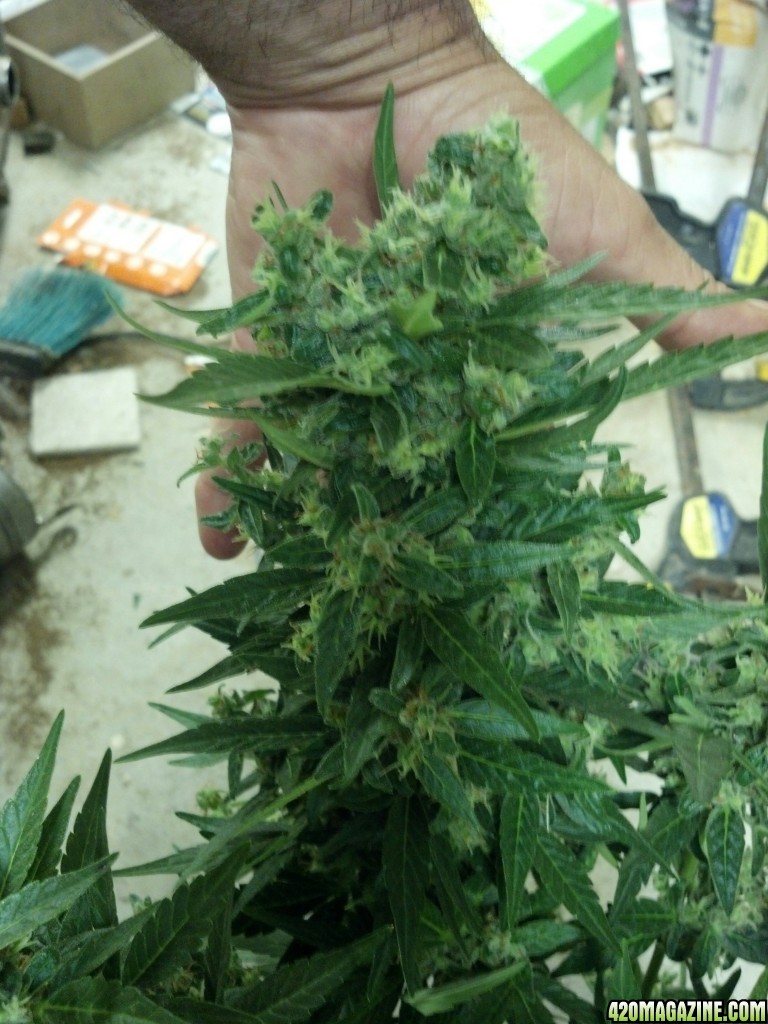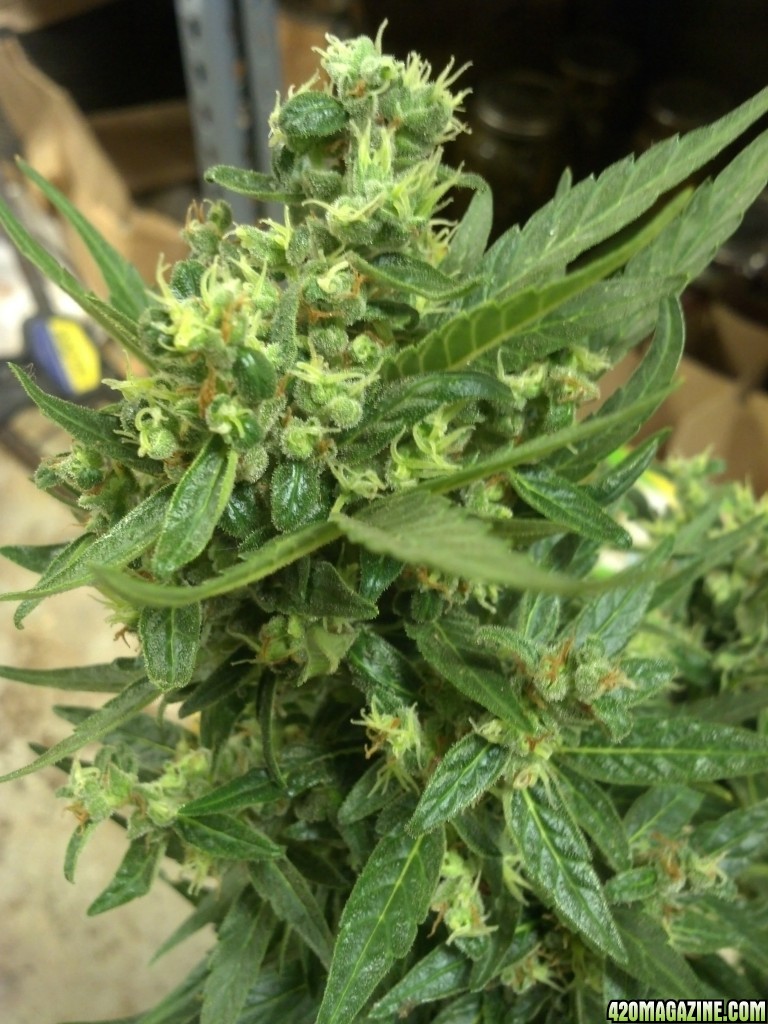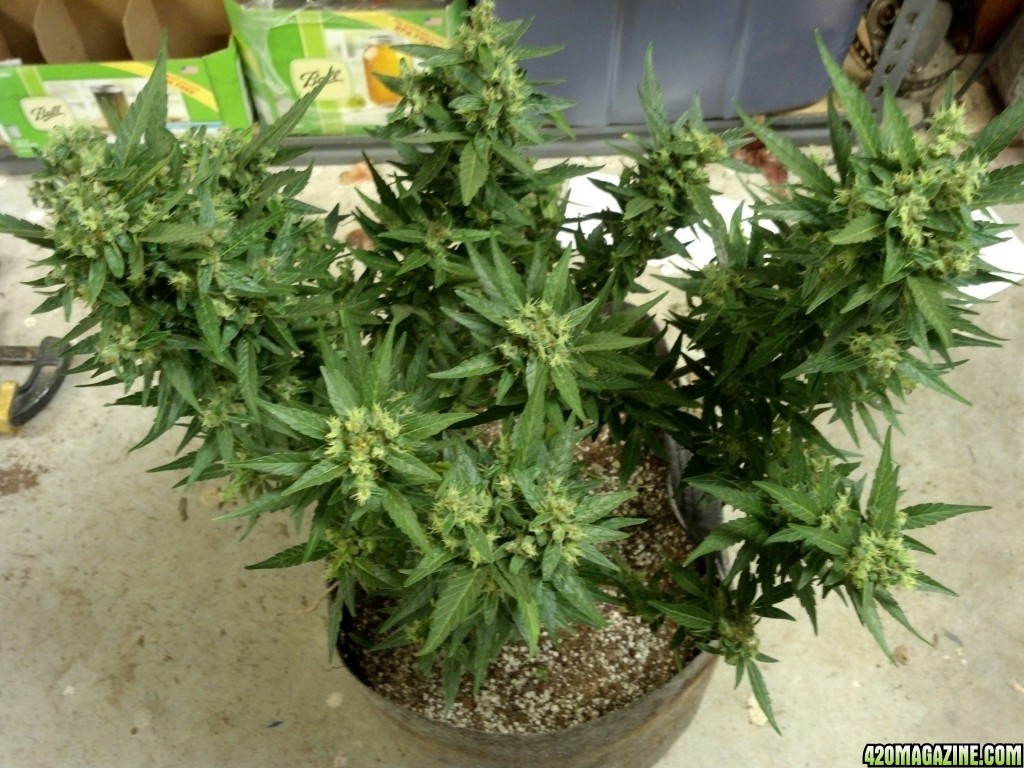BarnacleBill
Well-Known Member
I'm the case of auto flowering strains. Is auto flowering a dominant or recessive trait? I'm just trying to get a grasp on this whole genetics part. I realize that they are a cross with rudder tail but how does that effect the genes?






